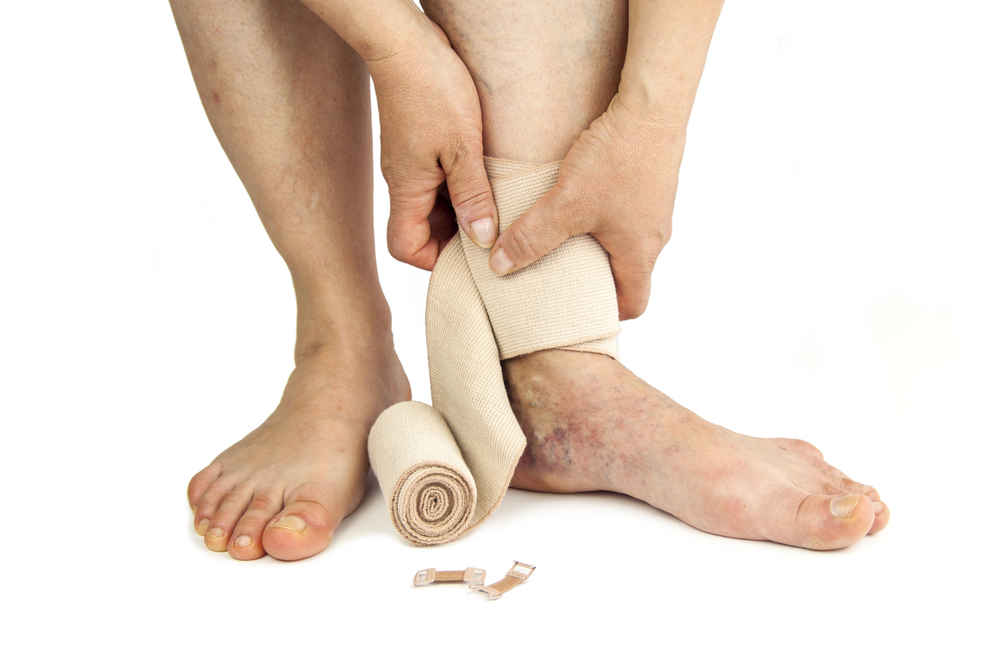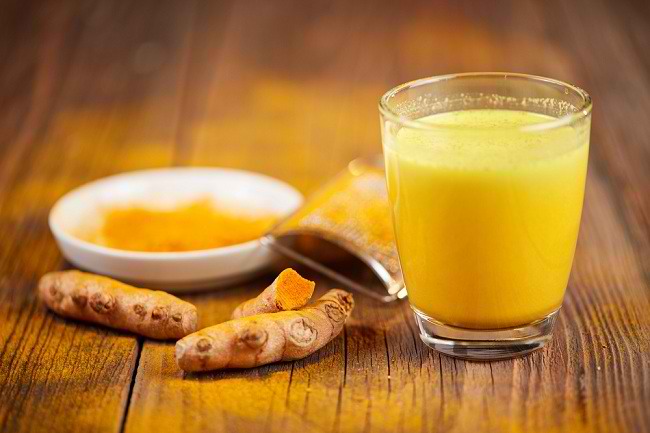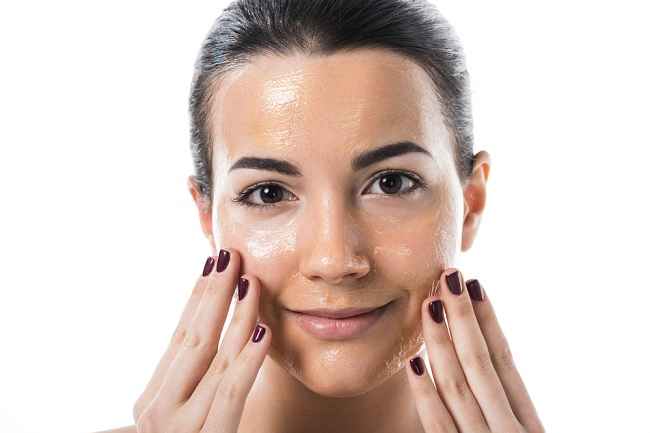Baby-led weaning is one method that is often used to introduce complementary foods to breast milk. However, before you apply this method to your little one, come on, first know the facts about baby-led weaning and the right way to do it.
Baby-led weaning (BLW) is a method for introducing solid foods to infants aged 6 months or older. With this method, the baby will be given food that has been cut into pieces and he will feed himself using his hands, so he is no longer fed and given soft food such as porridge.

Babies are usually ready or able to feed themselves without the help of others if they have shown some of the following signs:
- Have the ability to sit up straight without using a backrest
- Feeling attracted and trying to reach for food
- Putting things in his mouth
- Make a chewing motion
However, before applying the BLW method for your little one, you need to know about the benefits and risks of giving complementary foods with the method baby-led weaning.
Strengths and weaknesses Baby-led Weaning
Technique baby-led weaning believed to be able to provide various benefits or advantages for the Little One, such as:
- Introducing different flavors and textures of food
- Regulate the intake of nutrients and food that goes into the mouth
- Train eye coordination and hand grip strength
- Train the ability to eat alone as well as chew and swallow food
- Familiarize children to live a healthy diet
- Reduce the risk of obesity
Not only is it useful for your little one, the BLW method also makes you don't have to spend time refining food and feeding your little one.
However, the BLW method also has several drawbacks, including:
- Babies often throw food until it falls apart
- Babies may still have difficulty chewing and swallowing food, so there is a risk of choking
- Babies are at risk of malnutrition because they don't get the amount of nutritional intake needed, especially if they don't eat much
How to Apply Baby-led Weaning
If you want to practice the method baby-led weaning to your little one, make sure he is ready to eat on his own and has shown the signs described previously.
To ensure whether your little one can be fed by means of baby-led weaningMother can consult a pediatrician. If the doctor states that your little one is ready to be fed with this method, you can apply the BLW steps as follows:
- Cut food to finger size.
- Sit your little one in a special baby dining chair and make sure he sits up straight (not leaning back).
- Place food directly in front of your little one without a plate and let him reach for food and eat with his own hands.
- Introduce new foods every 2-3 days to see if your little one is showing an allergic reaction to certain foods.
- Make sure the family eats with your little one so that he can observe and imitate the correct way of eating.
- Always supervise your little one when eating.
At the beginning of the application of BWL, the baby may not be able to grip the food perfectly or just play with the food. However, over time he will understand what to do. He will also master his grasping skills in the next few months.
Do not forget to continue to give breast milk or formula between meals so that the baby still gets the nutrition his body needs.
Good and Bad Food for Baby-led Weaning
If you want to try the method baby-led weaning, there are several foods that are suitable to be given with this method, including:
- Ripe vegetables cut into sticks, such as boiled carrots and sweet potatoes
- Steamed or boiled broccoli and cauliflower
- Crushed avocado
- Shredded chicken
- Real meatballs that have been cut into small pieces
- Banana, papaya, pear, kiwi, melon and steamed apple
- Easy-to-grip pasta, such as fusilli or macaroni
- Round shaped rice
You also need to remember that not all food can be given this method baby-led weaning. There are several types of food that you should not give, including:
- Sausage
- Nuts and seeds
- Big chunks of meat or cheese
- Whole Grapes
- Popcorn or popcorn
- Raisins
- Raw and hard vegetables and fruits
- Diced food is too small
- Candy that is hard, chewy, or sticky
Things to Pay Attention to If You Want to Apply Baby-led Weaning
The BLW method may not be suitable for all infants. Mothers should consider the following before trying to apply this method to their little ones:
Baby's development and readiness
As previously mentioned, you can apply the BLW method when your little one is 6 months old and showing signs that he is ready to eat on his own.
However, BLW may not be appropriate if your child has the following conditions:
- Have special needs or growth retardation
- Having trouble picking up food and putting it in your mouth
- Has limited chewing ability
- Suffering from certain conditions or being born prematurely
- Have a family history of allergies, digestive problems, or food intolerances
To be safer, Mother should first consult with a pediatrician before applying the method baby-led weaning on the Little One.
Risk of suffocation and choking on food
One thing that many parents worry about baby-led weaning is the risk of choking and vomiting. This is understandable considering that the food recommended by BLW is whole and not crushed.
To reduce the risk of choking in your little one, sit him in an upright position and give him food that is soft and easy to swallow.
Nutritional intake
When doing BLW, your little one may lack nutrition because he can't chew solid food well or play with his food more.
Therefore, it is recommended that mothers continue to give mashed food at the beginning of the application of BLW and continue to give their little one breast milk as the main nutritional intake.
Although it is now quite popular and is done by many parents, in fact, feeding the little one with the method baby-led weaning is still a matter of debate and requires further evidence and research.
The Indonesian Ministry of Health and WHO have not recommended this method, because so far there is no accurate evidence regarding the level of safety and excellence baby-led weaning when compared with the usual complementary feeding method.
Therefore, it is recommended that you discuss with your pediatrician first if you want to practice the method baby-led weaning to the Little One.









